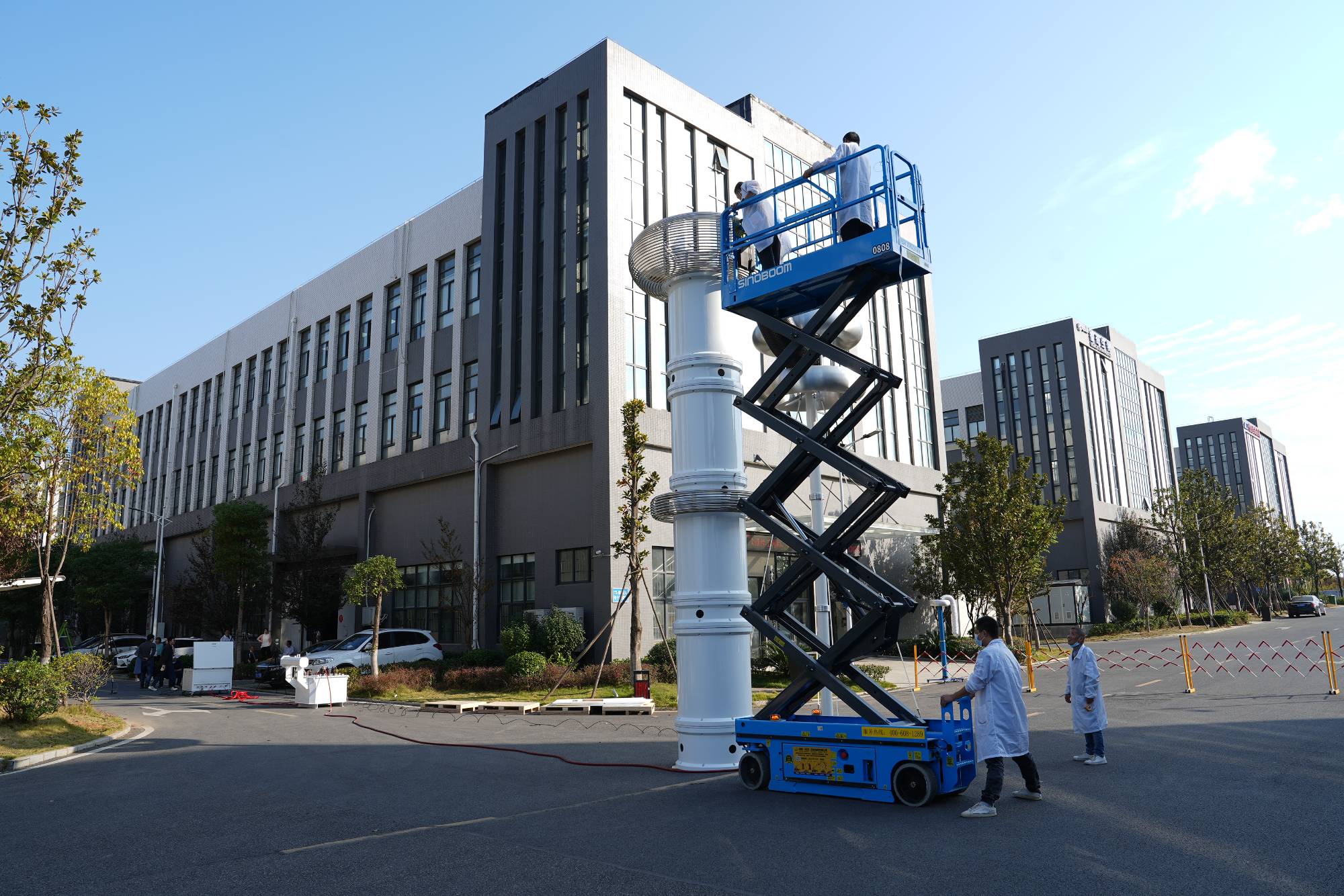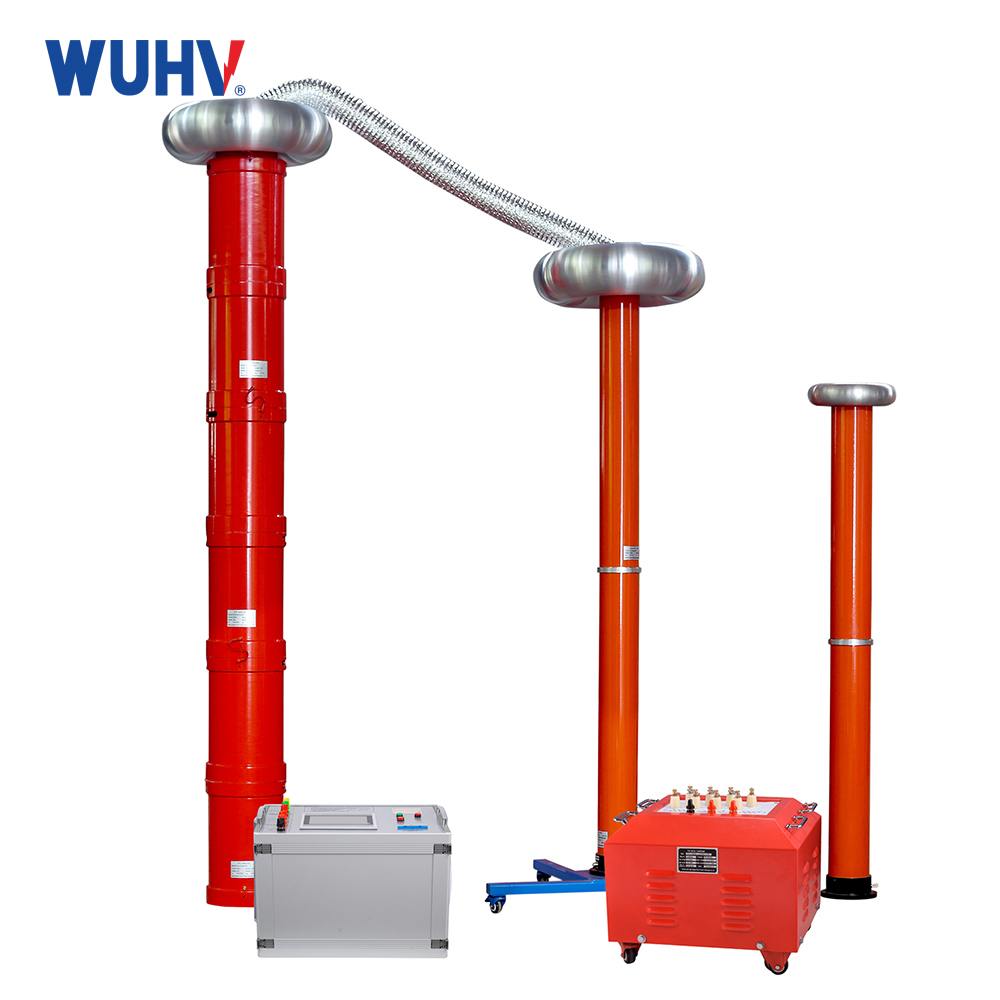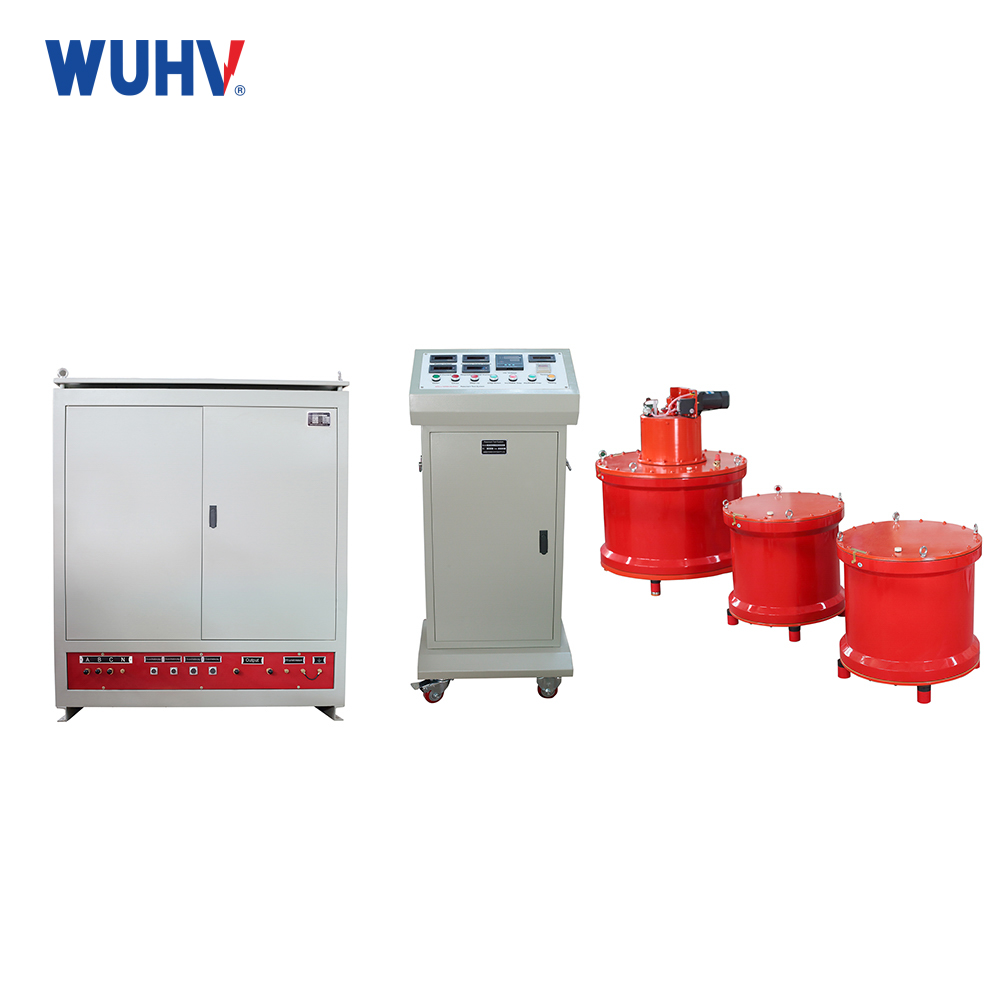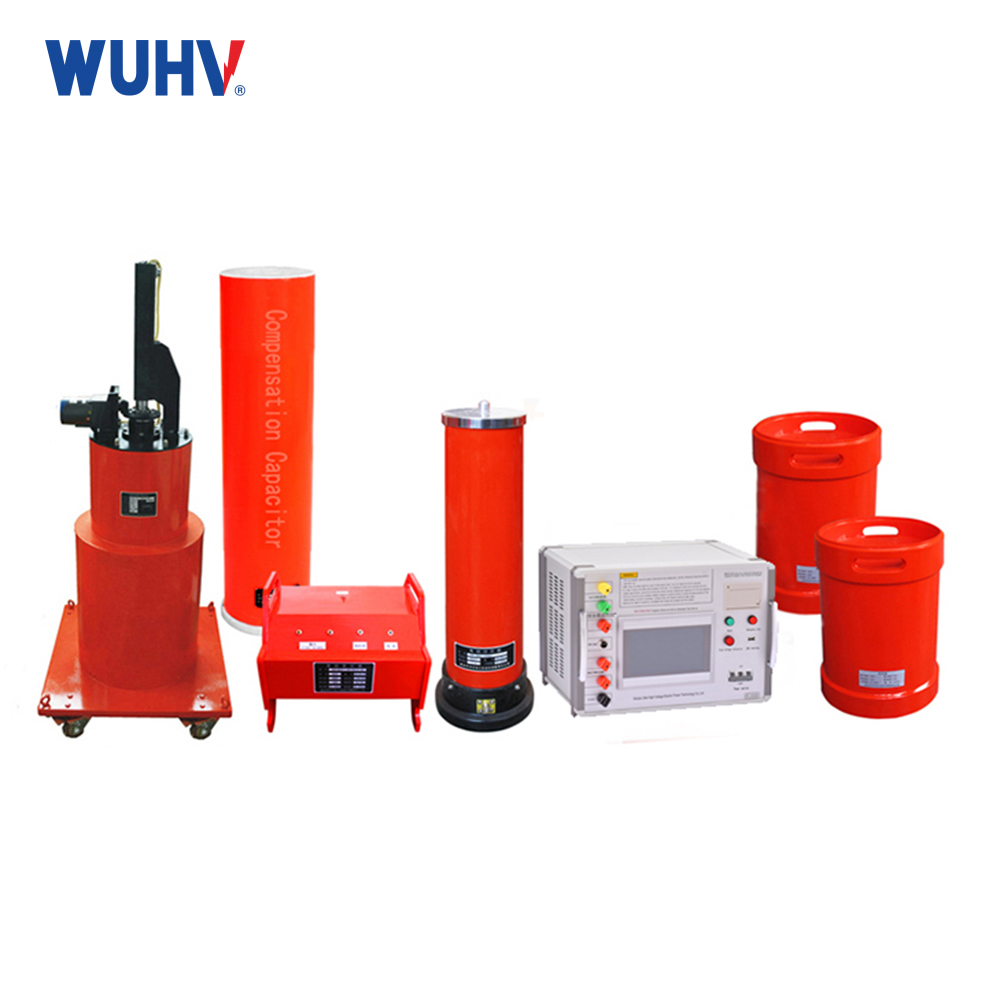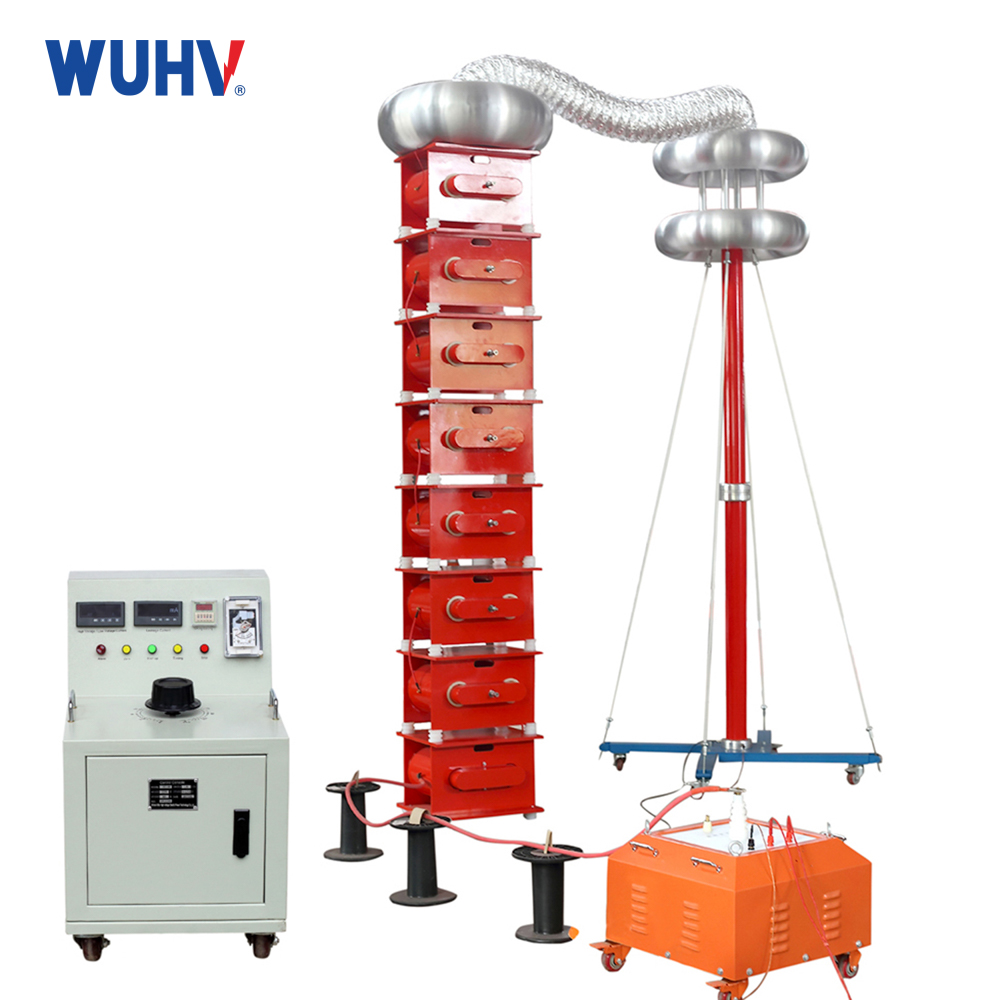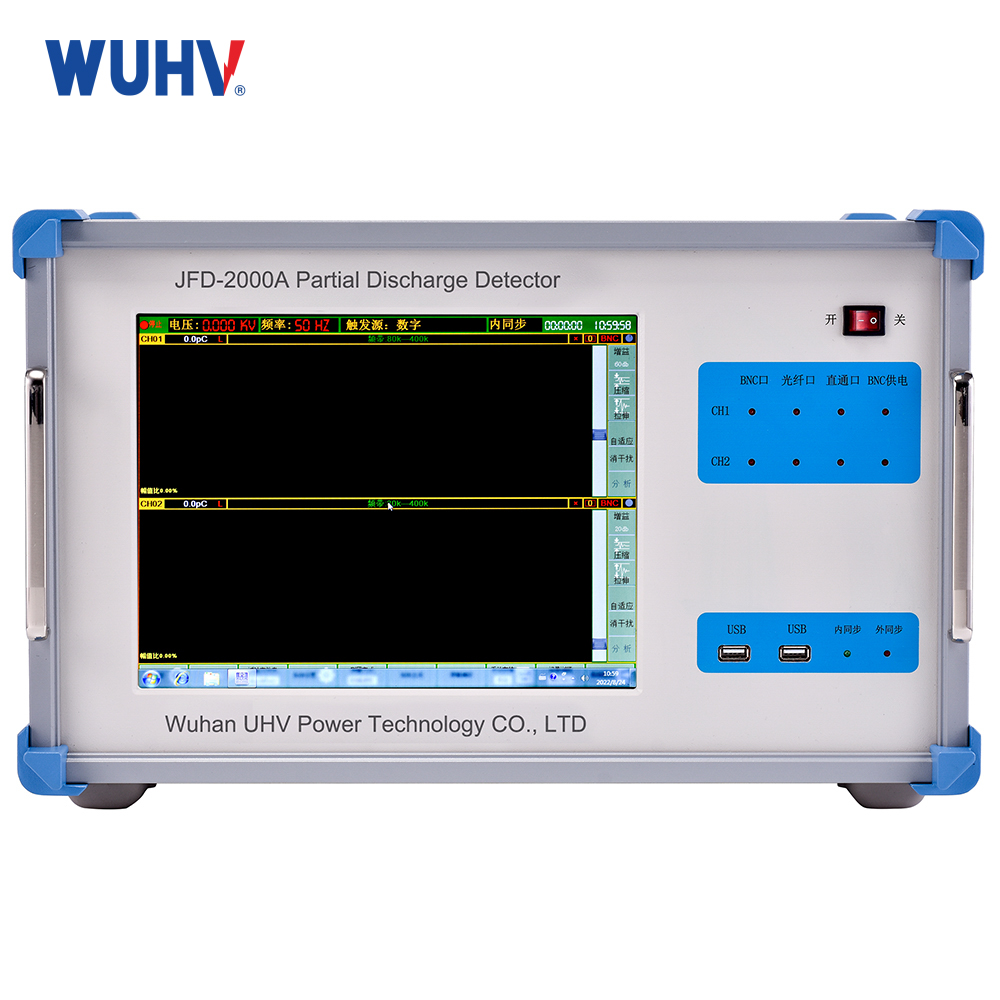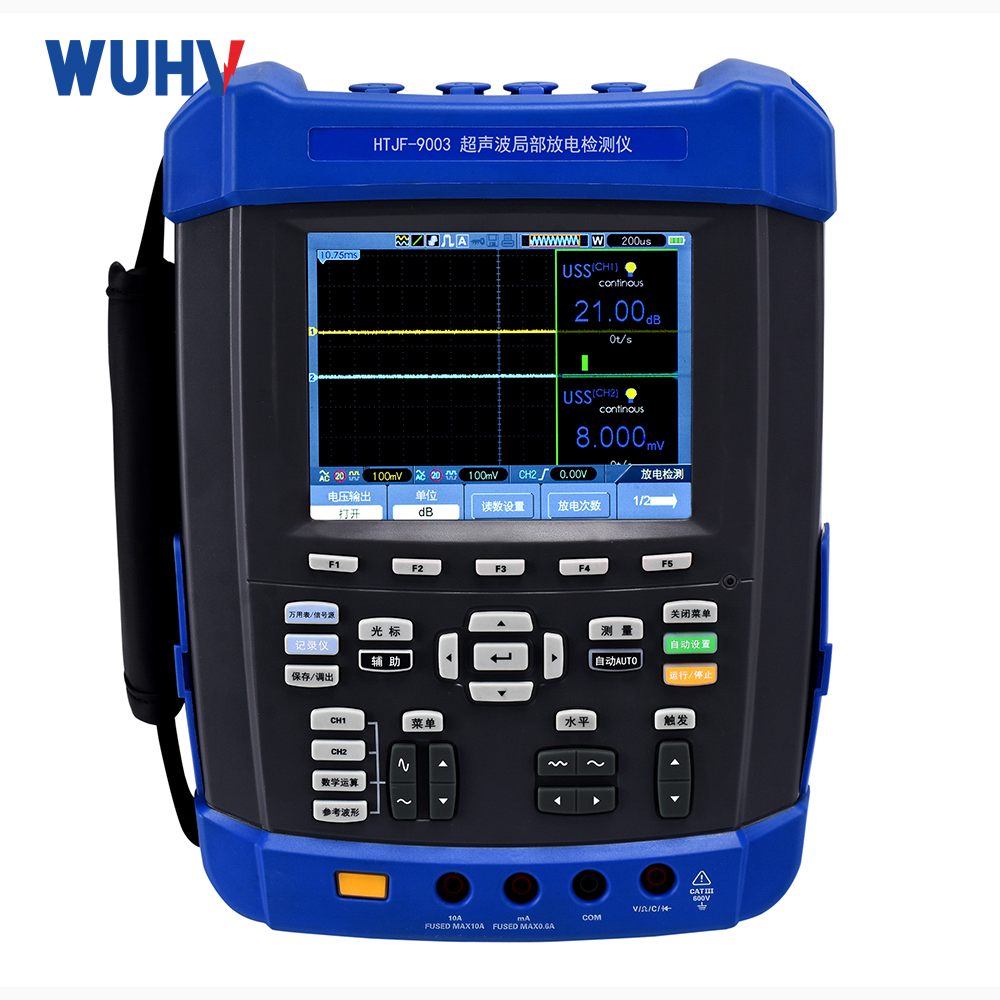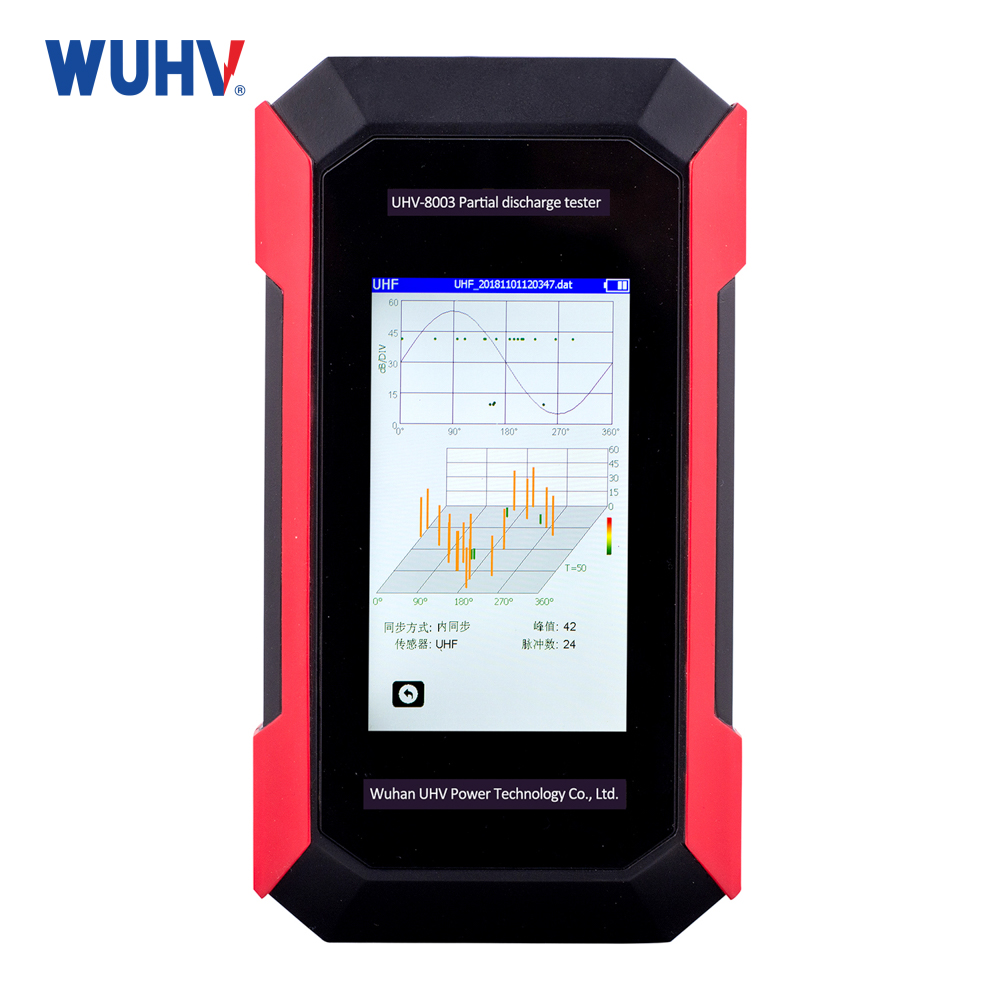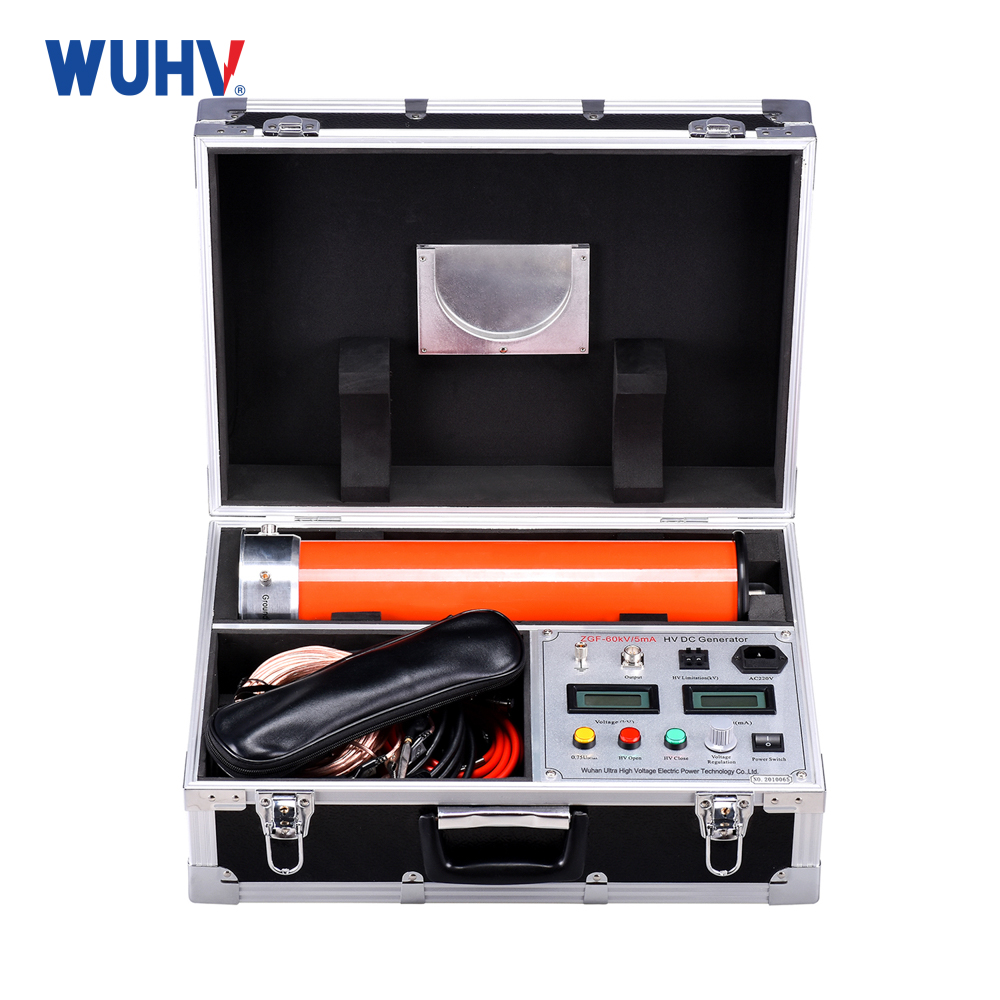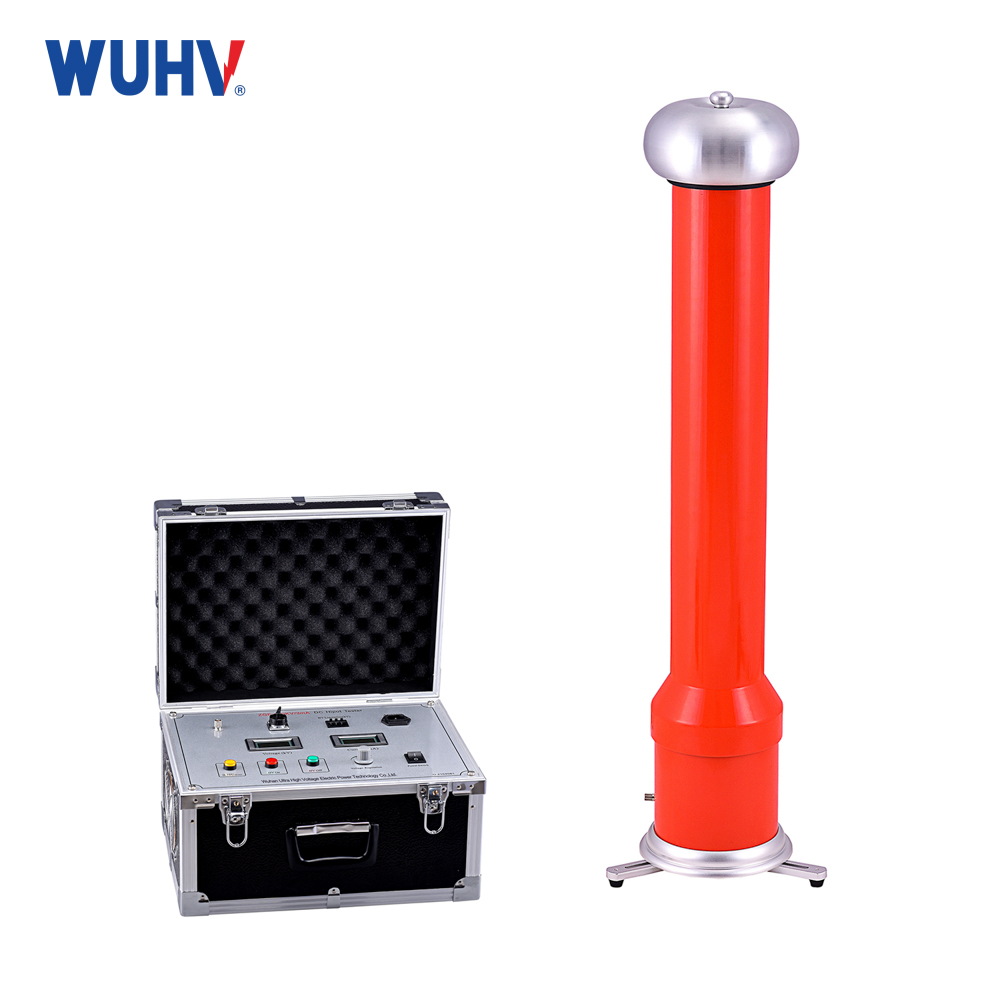Series resonancehas the following characteristics:
(1) Due to inductance being equal to capacitive reactance, the impedance reaches its minimum and exhibits pure resistance characteristics.
(2) When the voltage is constant, the current in the circuit reaches its maximum value, which is used as the resonant current.
(3) Due to resonance, the capacitance reactance is equal to the inductance, and the voltage on the inductance is equal to the voltage on the capacitance. The voltage on the inductance and the voltage on the capacitance are related to the resistance. If the inductance and capacitance are much greater than the resistance, the voltage on the inductance and capacitance may be much greater than the power supply voltage. Therefore, resonance, also known as voltage resonance, is destructive.
Parallel resonance has the following characteristics:
(1) When parallel resonance occurs, the total current of the circuit is minimized and in phase with the voltage. When the total impedance of the circuit reaches its maximum value, the circuit exhibits resistance.
(2) The multiplier of branch current to total current is the quality factor Q of the resonant circuit, so parallel resonance is also known as current resonance. Therefore, parallel resonance will not produce resonance overvoltage that endangers equipment safety, and the power factor reaches its maximum value, which can be applied.
The inductance and capacitance reactance in the RLC series circuit cancel each other out, that is, l-1/_c=0. At this point, the reactance in the series circuit is 0, and the current and voltage are in phase. The inductance and capacitance reactance of a series resonant RLC parallel circuit can cancel each other out, that is, 1/_1-c=0. At this point, the reactance in the parallel circuit is 0, and the current and voltage are the same. Phase refers to parallel resonance series resonance, which has the maximum effective current value and the effective parallel resonance voltage value. The L and C terminals of theseries resonant devicemay experience high voltage, and the parallel resonant L and C terminals may experience overcurrent. The series resonant reactance voltage is 0, and the parallel resonant reactance current is 0.


